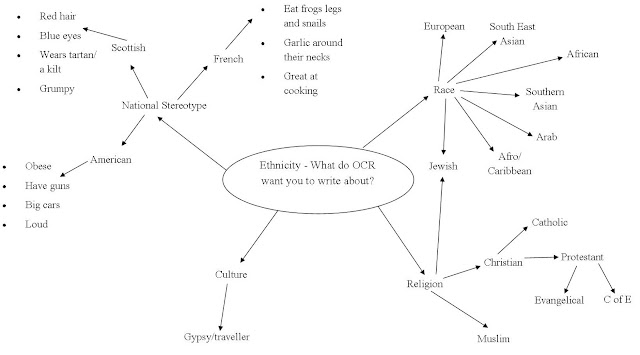The institution Bauer Media is Europe’s largest privately
owned publishing group. The Group is a worldwide media empire offering
over 300 magazines in 15 countries, as well as online, TV and radio stations. H
Bauer brands include women's weekly and TV listings magazines; namely Bella,
Take a Break, that's life! TV Choice and Total TV Guide as well as a number of
puzzle magazines. Bauer Media also owns the two magazines, Grazia and Take a
Break and it publishes the magazines for consumers to buy. However, there are
issues that are raised by the institution’s need to target their specific
audience for Grazia magazine.
The media products we have studied are Grazia and Take a
Break. Grazia is a fashion magazine aimed at upper-middle class women aged
between 20 and 45 years old (A, B, C1). Bauer, market Grazia by praising the
magazine and writing things such as, it ‘remains the market-leader’ and ‘GRAZIA
transformed the women’s magazine market’. However, Take a Break is a real life
magazine aimed at lower-middle class women aged between 25 and 55 years old
(C1, C2). The difference in the target audience between the two magazines means
that they are distributed differently to fit the lifestyle of the buyers.
Grazia magazine is very reliant on stories that are up to
date and current such as, the magazine must keep up to the date with the
current trends of shops like Oasis, whereas Take a Break is not as reliant on
the latest stories and can feature older stories such as, someone who lost
weight a few years ago. Also, Grazia features articles about fashion,
celebrities and desirable goods, such as perfume and handbags. Grazia also
places images on the front cover of the magazine that are celebrities of a high
class and status, evident from the number of Grazia magazines that I have
looked at. However, Take a Break features human interest stories, useful articles,
reader generated content and ‘weekly shop’ adverts. Also, Take a Break features
lots of gossip, horoscopes, dating articles and ‘bizarre’ stories. The images
on the front cover also feature celebrities who may have a high celebrity
status but may have a bad reputation or are known for the wrong reasons. This
is again evident from the number of Take a Break magazines that I have looked
at.
The two magazines, Grazia and Take a Break advertise
themselves using many different types of technology. They widely use the
internet, by posting different adverts on the internet for their magazine and
also, with their websites, which are created for the purpose of attracting new
consumers. The magazines use twitter and Facebook as well to advertise
themselves. The two magazines rely a lot on these forms of technology as they
are extremely useful for the advertisement of the magazines.
These different magazines are distributed by following the
distribution chain. The magazine will begin at the magazine publisher and then
will be sent to the distributor where it will be separated, sent to different
wholesalers and then distributed to different shops where it will be sold to
consumers.
One of the media products that I have studied in particular
is Grazia. Grazia targets its specific audience by running stories about high
street fashion, current trends, designer fashion shows and collections and
style tips for the readers.
Issues that are raised by the media institution, compromise
their ability to target their specific target audience. Although, forty two
people work at Grazia and they produce 100 pages a week, Grazia struggle to get
enough stories to publish every week in the magazine and have to work to try
and find good stories to publish. Also, Grazia struggle to get the exclusive
story from designers. They have to use their existing contacts and go out to
events, to get more contacts, so that they can get the exclusive stories and
gossip. Grazia have to compete with other magazines, such as, Vogue, Elle and
Marie Claire to get the stories first. This means that they do things, such as,
getting tip offs from people on the street and by phoning contacts to find out
all the gossip about celebrities. Grazia have a network of people all around
the world, yet it still can be a struggle to find out the gossip. Grazia also,
have to contact the lawyers of celebrities to get their approval to run a
particular story. This can slow down the publishing process and could also
reduce the amount of pages printed in the magazine, if the story is not allowed
to be run.
Grazia tries it’s best to overcome these issues and try
different things to produce the best outcome. In the Grazia documentary, Grazia
are shown to have a professional relationship with designers, such as, Giorgio
Armani and they report on his collections and shows, to provide him with the
best media coverage. In return he gives Grazia the inside scoop on the major
gossip about celebrities and their outfits and also on any details on fashion
and collections.
This is my response to the practice exam question that we were set. I have written an essay discussing the ways in which Grazia and Take a Break are produced and distributed to particular audiences of magazines.































